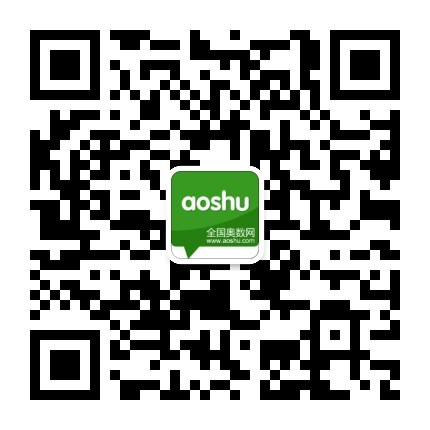小学英语基础知识点归纳——第三部分:句法
来源:网络资源 文章作者:网整理 2018-07-13 14:56:57

第三部分:句法
1.陈述句
(1)肯定句:是指用肯定的语气来陈述的句子,如:I’m a student. She is a doctor. He works in a hospital.
There are four fans in our classroom. He will eat lunch at 12:00. I watched TV yesterday evening.
(2)、否定句:含有否定词或表示否定意义词的句子,如:I’m not a student. She is not (isn’t) a doctor.
He does not (doesn’t) work in a hospital. There are not (aren’t) four fans in our classroom.
He will not (won’t) eat lunch at 12:00. I did not (didn’t) watch TV yesterday evening.
2. 疑问句
一般疑问句:是指询问事实的句子,此类句子必须用“yes”,或“no”来回答。
特殊疑问句:以特殊疑问词(what , where , who , which , when , whose , why , how等)开头引导的句子。此类句子应该问什么就答什么,不能用“yes 、no”来回答。
3.There be句型
There be 句型与have, has的区别
1、There be 句型表示:在某地有某物(或人)
2、在there be 句型中,主语是单数,be 动词用is ; 主语是复数,be 动词用are ; 如有几件物品,be 动词根据最*近be 动词的那个名词决定。
3、there be 句型的否定句在be 动词后加not , 一般疑问句把be 动词调到句首。
4、there be句型与have(has) 的区别:there be 表示在某地有某物(或人);have(has) 表示某人拥有某物。
5、some 和any 在there be 句型中的运用:some 用于肯定句, any 用于否定句或疑问句。
6、and 和or 在there be句型中的运用:and 用于肯定句, or 用于否定句或疑问句。
7、针对数量提问的特殊疑问句的基本结构是:
How many + 名词复数 + are there + 介词短语?
How much + 不可数名词 + is there + 介词短语?
8、针对主语提问的特殊疑问句的基本结构是:
What’s + 介词短语?
相关文章
- 小学1-6年级作文素材大全
- 全国小学升初中语数英三科试题汇总
- 小学1-6年级数学天天练
- 小学1-6年级类型例题讲解整理汇总
- 小学1-6年级练习题整理汇总
- 小学1-6年级知识点汇总
- 小学1-6年级语数英教案汇总
- 小学语数英试题资料大全
- 小学1-6年级语数英期末试题整理汇总
- 小学1-6年级语数英期中试题整理汇总
- 小学1-6年语数英单元试题整理汇总




